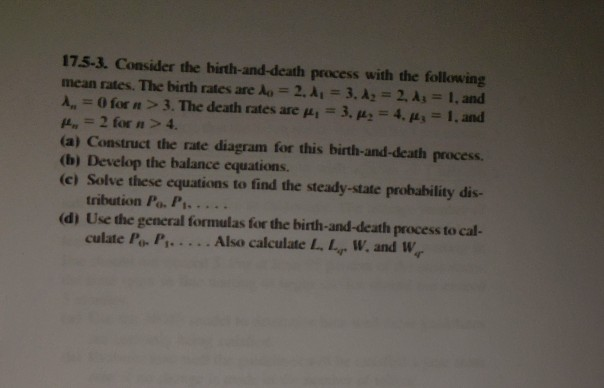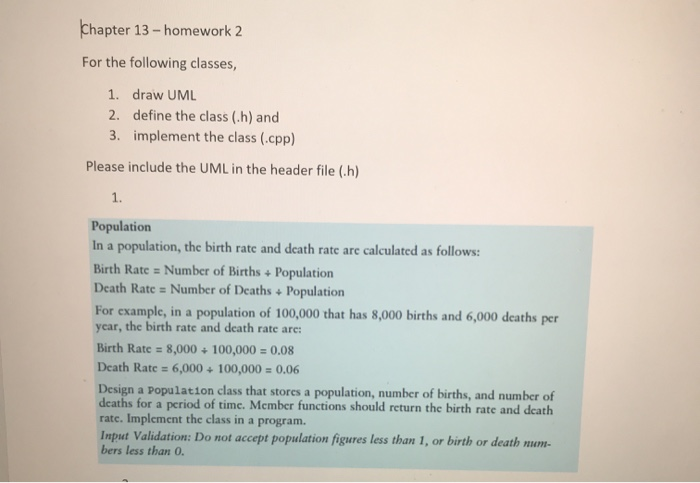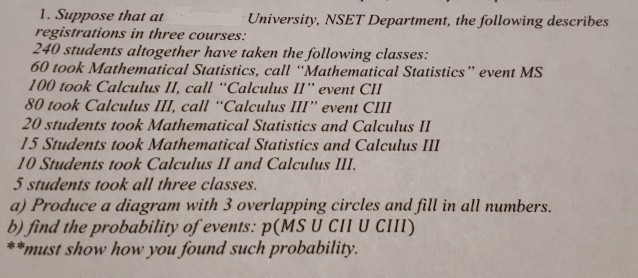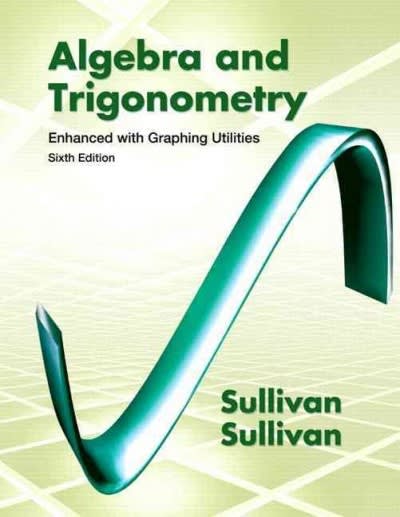Question
Below are some questions kindly attempt. This issue is fill free. Essentially pick the correct answers. Much gratitude to you for your help An expert
Below are some questions kindly attempt.
This issue is fill free. Essentially pick the correct answers. Much gratitude to you for your help
An expert is thinking about the psychological self perspective on smokers, as assessed by the psychological self picture (SI) score from a character stock. She should take a gander at the mean SI score,
?, for the quantity of occupants in all smokers. As of late appropriated assessments have shown that the mean SI score for the quantity of occupants in all smokers is 85 and that the standard deviation is 10, yet the specialist acknowledges that the motivating force for the mean has extended. She expects to play out a verifiable test. She takes a subjective illustration of SI scores for smokers and registers the model mean to be 95.
Taking into account this information, answer the requests underneath.
1. What are the invalid hypothesis (H0) and the elective hypothesis (H1) that should be used for the test?
H0: (pick one) not actually, not by and large or identical to, more imperative than, more unmistakable than or comparable to, identical to, or not identical to.
(pick one) 85, 95, or 10.
H1: (Choose one) not by and large, not actually or identical to, more imperative than, more conspicuous than or comparable to, identical to, or not identical to.
(Pick one) 85, 95, or 10.
With respect to this test, what is a Type I botch?
2. A sort I botch is:
(pick one) excusing or fail to excuse the hypothesis that ? is
(pick one) not by and large, not actually or identical to, more unmistakable than, more significant than or comparable to, comparable to, or not identical to
(Pick one) 85, 95, or 10 when, for sure, ? is
(pick one) not actually, not by and large or comparable to, more important than, more conspicuous than or identical to, comparable to, or not identical to
(Pick one) 85, 95, or 10.
3. Accept that we decide to excuse the invalid hypothesis. What sort of slip-up may we make?
(Pick one) Type I or Type II
In the amassing of light emanating diode (LED), different layers of ink are on the optic point of convergence. The thickness of these layers is fundamental if specifics regarding the last tone and force of light are to be met. Permit X1 and X2 to mean the thickness of two particular layers of ink. It is understood that X1 is usually coursed with a mean of 0.1 mm and a standard deviation of 0.00031 mm, and X2 is moreover commonly passed on with a mean of 0.23 mm and a standard deviation of 0.00017 mm. Expect that these components are self-ruling. Let T as the ink total thickness.
Give the surveyed ink total thickness (in 2 decimal spots) :
Give the evaluated standard deviation of the ink supreme thickness (in six (6) decimal places)=
A light with a total ink thickness (T) outperforming 0.2405 mm doesn't have the consistency of concealing that the customer demands. Find the probability that a self-assertively picked light fails to meet customer points of interest Answer (in 2 decimal spots) :
Given a discretionary variable X with Moment Generating limit M(t), figure the Moment delivering capacities with regards to the going with unpredictable elements (to the extent M).
@27@
In each subpart, k is a scalar.
a. k X
b. X + k
c. ?Ni=0 Xi where all Xi are analyzed self-rulingly from X.
d. A sporadic variable Y with PDF(y) = PDF (x + k), both PDF described over R.
e. An unpredictable variable Y with PDF(y)=PDF (2x)
Junior Achievement USA and the Allstate Foundation considered youngsters developed 14 to 18 and asked at what age they figure they will end up being fiscally free. The responses of 944 youngsters who reacted to this outline question as follows:
Age Financially Independent, Number of Responses
16 to 20, 191
21 to 24, 467
25 to 27, 244
at least 28 set up, 42
Consider the investigation of indiscriminately picking a teenager from the quantity of occupants in Poung individuals developed to 14 to 18.
Required:
a. Cycle the probability of being financially self-ruling for all of the four age classes.
b. What is the probability of being fiscally self-sufficient before the age of 25?
c. What is the probability of being financially self-ruling after the age of 24?
d. Do the probabilities suggest that the youngsters may be genuinely absurd in their suspicions with respect to when they will end up being fiscally independent?



Step by Step Solution
There are 3 Steps involved in it
Step: 1

Get Instant Access to Expert-Tailored Solutions
See step-by-step solutions with expert insights and AI powered tools for academic success
Step: 2

Step: 3

Ace Your Homework with AI
Get the answers you need in no time with our AI-driven, step-by-step assistance
Get Started


